According to Space, scientists have found more than 4,000 planets since humanity discovered a star similar to our Sun in 1995.
More than half of these planets were discovered by NASA's Kepler space telescope, launched in 2009 on a mission to find Earth-like planets throughout the Milky Way galaxy.
Discovering Earth-like planets is the dream of astronomers, and recent exoplanet discoveries have shown that small, rocky worlds like our own are abundant in the galaxy.
Here are the 10 "brother" planets most similar to Earth that have the potential to support life:
1. GLIESE 667CC
In February 2012, an international team of scientists reported the results of their study focusing on GJ 667C (GLIESE 667C), an M-class dwarf associated with two other orange dwarfs. They are located about 22 light-years from Earth.
Then 667CC, a super-Earth with an orbital period of 28 days, was discovered in GJ 667C's Goldilocks zone. It receives 90% of the light that Earth receives from the Sun.
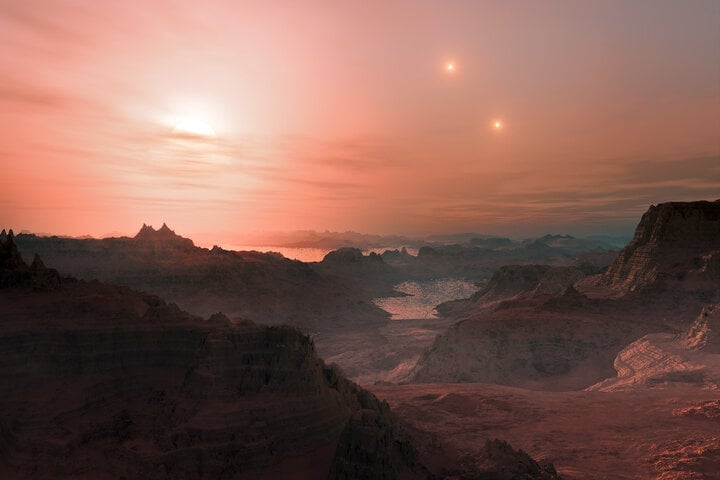
GLIESE 667CC is located about 22 light-years from Earth.
Most of this light is in the infrared spectrum, meaning the planet is likely absorbing higher levels of energy.
The bottom line is that GJ 667CC could have liquid water and life as we know it. However, later observations have found that the planet GJ 667CC is extremely hot, and therefore unlikely to support life.
2. KEPLER-22B
Kepler-22B is located 600 light years away. Kepler was the first to be found in the habitable zone of its parent star, but the planet is significantly larger than Earth – about 2.4 times the size of our planet. It is not yet clear whether this “super-Earth” is rocky, liquid or gaseous.
However, Kepler-22B's 290-day orbit is quite similar to Earth's 365-day orbit, and is an exoplanet orbiting a star similar to our Sun but smaller. This makes Kepler-22B significantly colder than Earth.
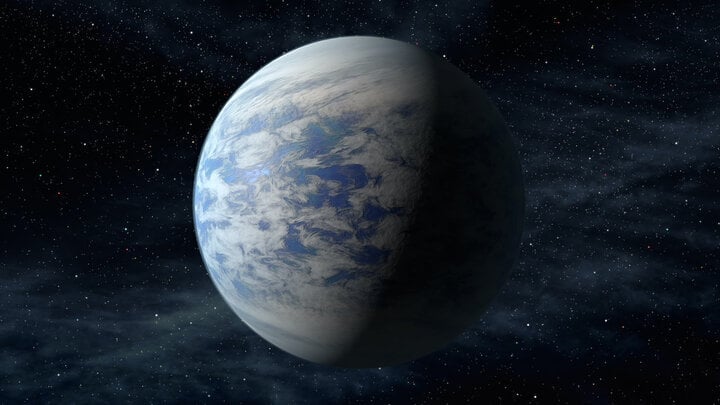
Kepler-22B's 290-day orbit is quite similar to Earth's 365-day orbit.
3. KEPLER-69C
Kepler-69C is about 2,700 light-years away and is about 70% larger than Earth, so researchers are unsure about its composition.
The planet completes its orbit every 242 days, making its position comparable to that of Venus in our Solar System. However, Kepler-69C's host star is about 80% as bright as the Sun, so the planet appears to be in the habitable zone.
4. KEPLER-62F
According to NASA, the planet is about 40% larger than Earth and orbits a star much cooler than our sun. However, its 267-day orbit puts Kepler-62f right in the habitable zone. Additionally, Kepler-62f orbits closer to its red dwarf star than Earth does to the sun, and the star produces much less light.
Kepler-62f is located about 1,200 light-years away and, due to its large size, is in the range of rocky planets that could contain oceans.
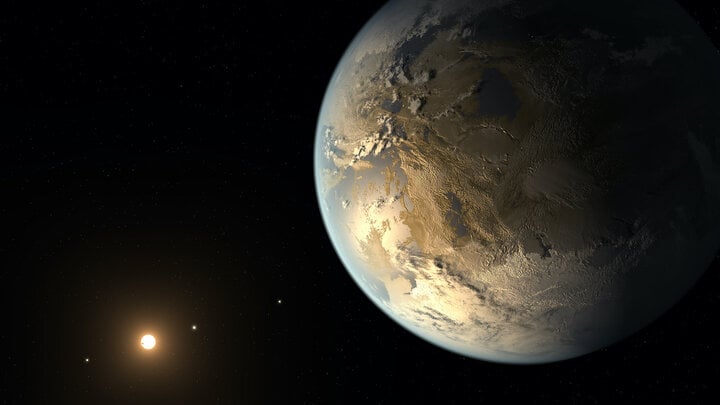
KEPLER-186f is about 10% larger than Earth and appears to be in the habitable zone.
5. KEPLER-186F
A planet the size of Kepler-186F is likely rocky. The planet is about 10% larger than Earth and appears to be in the habitable zone, although it is on the outer edge of its host star. However, Kepler-186F receives only a third of the energy from its star.
Kepler-186F's parent star is a red dwarf so the planet isn't really Earth-like, and it's located about 500 light-years away.
6. KEPLER-442B
Kepler-442B is 33 percent larger than Earth and completes one orbit around its star every 112 days, according to a NASA press release. The discovery of Kepler-442, located 1,194 light-years from Earth, was announced in 2015.
A study published in the Monthly Notices of the Royal Astronomical Society in 2021 found that the exoplanet could receive enough light to sustain a large biosphere. Researchers analyzed the ability of different planets to conduct photosynthesis. They found that Kepler-442B receives enough radiation from its star.
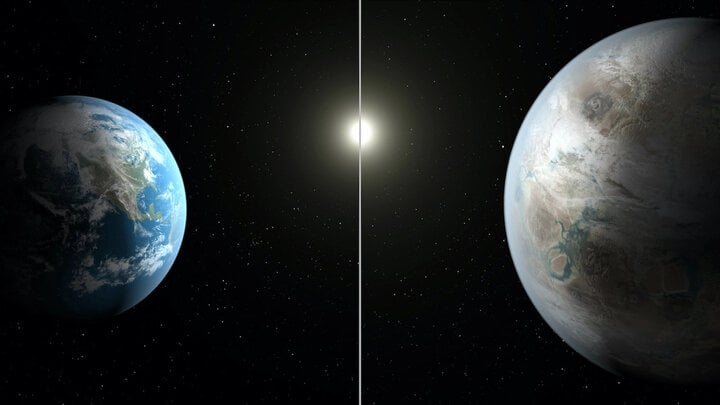
Scientists discovered Kepler-442 in 2015 and it is located 1,194 light-years from Earth.
7. KEPLER-452B
Kepler-452B, discovered in 2015, is the first near-Earth-sized planet orbiting a sun-sized star, according to NASA data. Kepler-452B is 60% larger than Earth, and its parent star (Kepler-452) is 10% larger than the sun. Kepler-452 is very similar to our sun and the exoplanet orbits in the habitable zone.
At 1.6 times the size of Earth, Kepler-452B is "likely" a rocky planet. Scientists discovered Kepler-452B just 1,400 light-years away from Earth. Kepler-452B orbits its star just 20 days longer than Earth.
8. KEPLER-1649C
When data from NASA's Kepler space telescope was reanalyzed, scientists discovered Kepler 1649C. The exoplanet was found to be similar in size to Earth and orbits in the habitable zone of its host star.
According to NASA, during the initial data collection from the telescope, a computer algorithm misidentified the object, but in 2020, it was determined to be a planet.
Kepler-1649C is located 300 light-years from Earth and is only 1.06 times larger than the blue planet. When comparing the light the two planets receive from their stars, scientists found that the exoplanet receives 75 percent of the light that Earth receives from the Sun.
9. PROXIMA CENTAURI B
Proxima Centauri B is located just four light-years from Earth, making it the closest known exoplanet to Earth, according to NASA. The exoplanet, discovered in 2016, has a mass 1.27 times that of Earth.
Although the exoplanet can be found in the habitable zone of the star Proxima Centauri, it is exposed to intense ultraviolet radiation from its parent star. This is because it is very close to its parent star and has an orbital period of just 11.2 days.
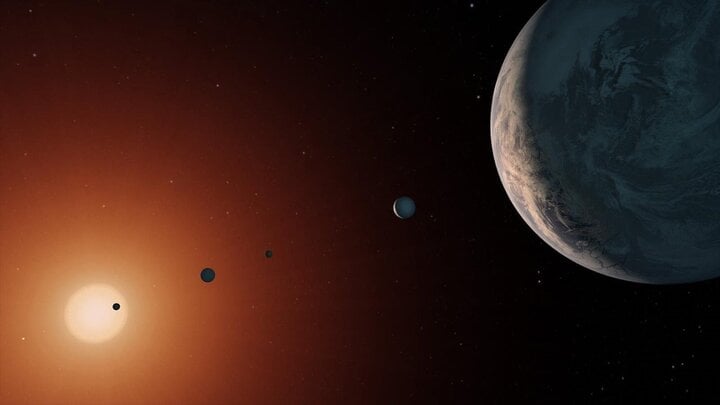
Water on most of this TRAPPIST-1E planet likely evaporated early in its formation.
10. TRAPPIST-1E
Orbiting the star TRAPPIST-1 are the largest Earth-sized planets ever discovered in the habitable zone of a star. The planetary system is made up of seven planets.
The water on most of these planets likely evaporated early in their formation. However, a 2018 study found that some of these planets could contain more water than Earth's oceans. One of the worlds, called TRAPPIST-1E, is thought to be the most likely to support life that humanity has ever discovered .
Source



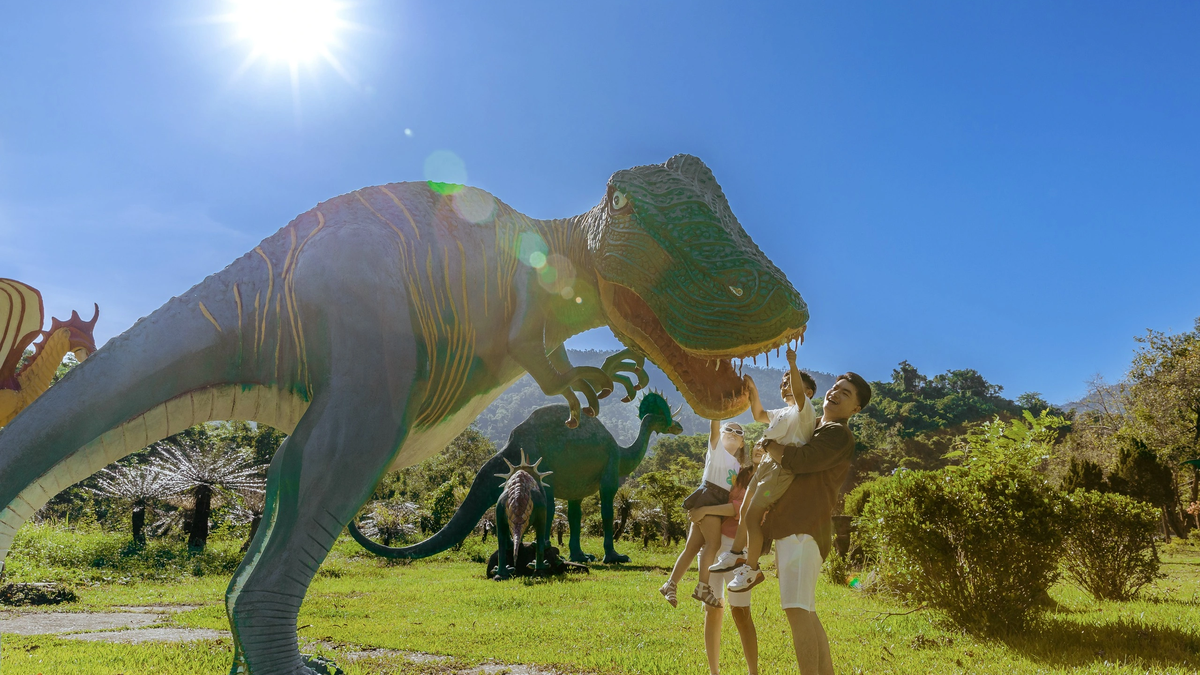

![[Photo] Closing ceremony of the 18th Congress of Hanoi Party Committee](https://vphoto.vietnam.vn/thumb/1200x675/vietnam/resource/IMAGE/2025/10/17/1760704850107_ndo_br_1-jpg.webp)






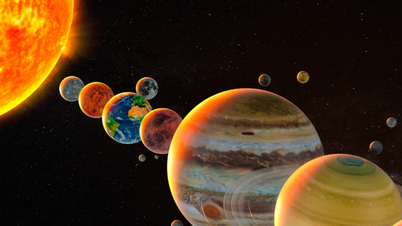




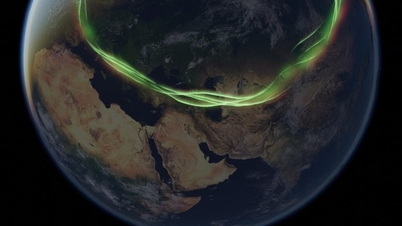

















![[Photo] Nhan Dan Newspaper launches “Fatherland in the Heart: The Concert Film”](https://vphoto.vietnam.vn/thumb/1200x675/vietnam/resource/IMAGE/2025/10/16/1760622132545_thiet-ke-chua-co-ten-36-png.webp)
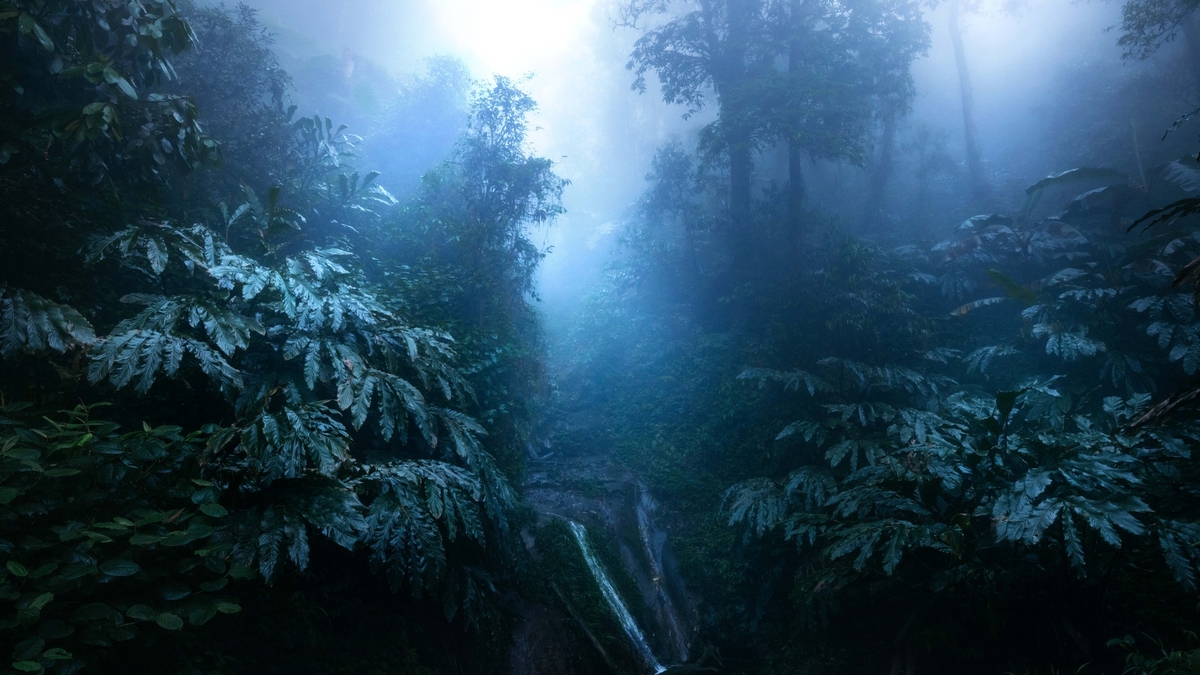


























































![[Photo series] The beauty of women in labor](https://vphoto.vietnam.vn/thumb/402x226/vietnam/resource/IMAGE/2025/10/18/1760739057545_1_20251017145220.jpeg)
















Comment (0)